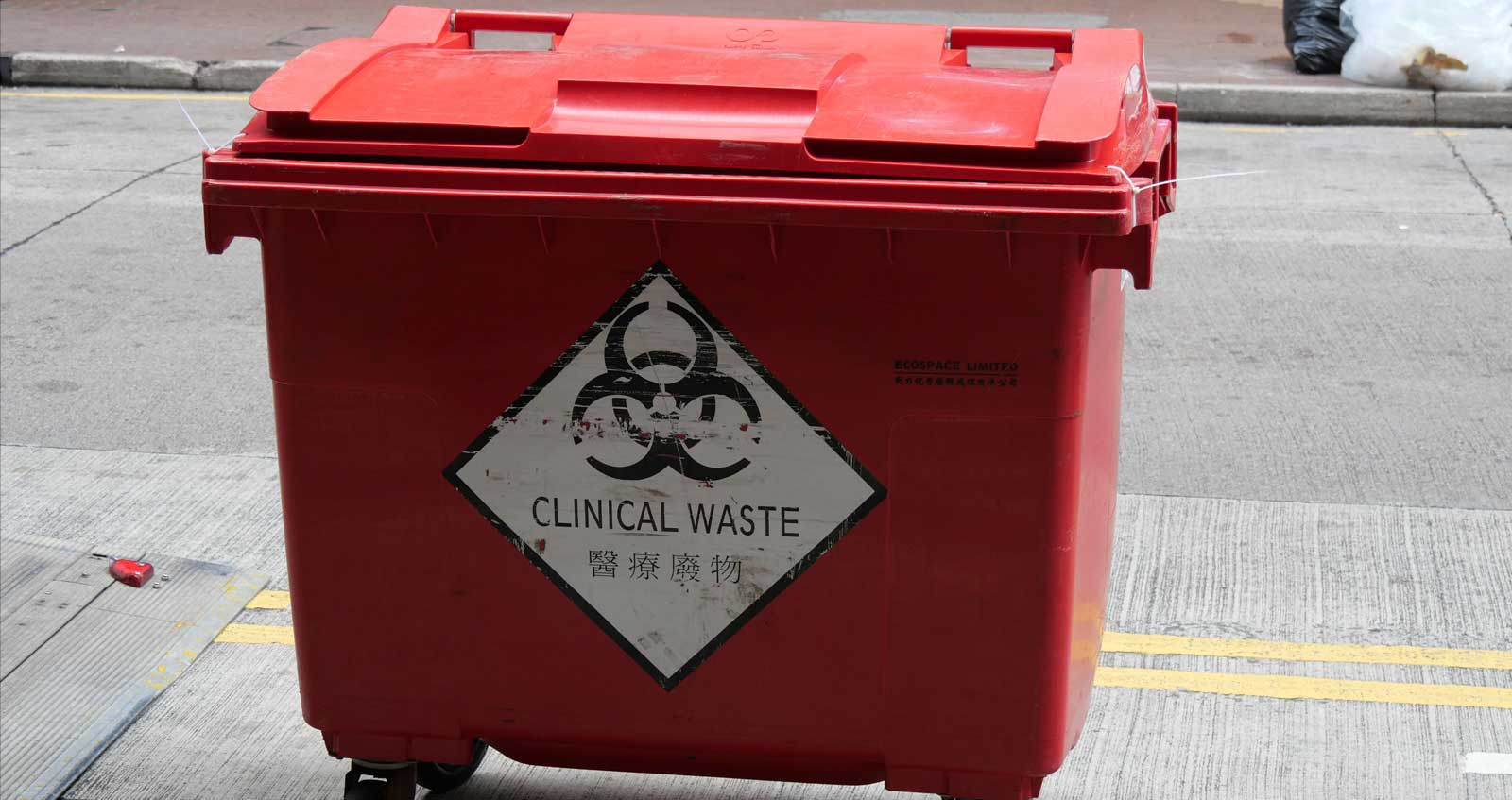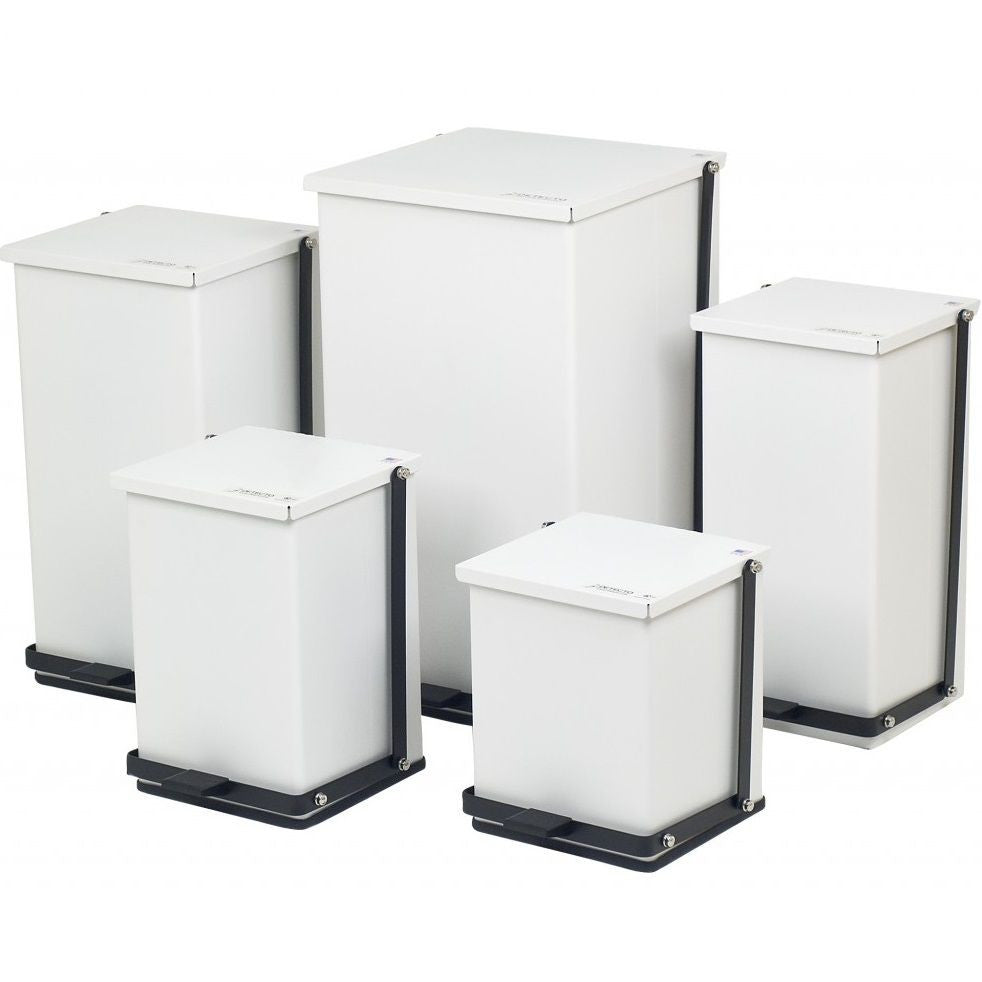Beyond Clean-up: Ensuring Security with Specialist Medical Waste Removal
Beyond Clean-up: Ensuring Security with Specialist Medical Waste Removal
Blog Article
Effective and Environmentally Friendly Medical Waste Disposal Solutions
In the ever-evolving area of medical care, the concern of medical garbage disposal remains a subject of paramount importance. As health centers, clinics, and various other health care facilities strive to offer quality person treatment, they should additionally address the difficulty of successfully and properly taking care of their waste - medical waste removal services. In an era where ecological sustainability goes to the leading edge of public consciousness, finding solutions that are both environmentally friendly and reliable is not just a matter of compliance but likewise a testament to the dedication of healthcare establishments in the direction of a greener future. From waste partition methods to innovative reusing efforts, this discussion will certainly explore the various strategies employed to tackle this pressing issue, leaving you intrigued and excited to discover the prospective options that lie in advance.
Waste Partition Practices
Effective waste segregation practices are important to make certain the risk-free and correct disposal of medical waste. Medical waste, which consists of materials contaminated with possibly transmittable compounds, need to be managed in such a way that lessens the risk of injury to both public health and the setting. Proper waste segregation plays a crucial function in attaining this objective.
Waste partition includes the splitting up of different sorts of waste based on their qualities and possible dangers. This procedure makes sure that each kind of waste is dealt with and dealt with appropriately (medical waste disposal services with WasteX). It begins at the factor of generation, where medical care centers should have designated bins and containers for various waste groups, such as sharps, transmittable waste, pharmaceutical waste, and non-hazardous waste
By segregating medical waste at the source, health care service providers can stop cross-contamination and reduce the risk of exposure to contagious representatives. This practice additionally helps with the recycling and recuperation of certain products. Segregating and recycling tidy plastics and glass decreases the need for raw products and decreases the ecological impact of medical waste disposal.

Autoclaving and Sanitation Techniques
In order to ensure the safe and appropriate disposal of clinical waste complying with reliable waste partition practices, healthcare facilities must use autoclaving and sterilization techniques. Autoclaving is a widely used method that makes use of high-pressure steam to sterilize clinical waste. This process entails putting the waste in a chamber and subjecting it to a mix of heat and stress, which effectively eliminates bacteria and provides the waste secure for disposal. Autoclaving is specifically reliable in sterilizing things such as medical tools, laboratory tools, and specific types of medical waste that can stand up to heats. medical waste disposal services with WasteX.
This entails treating the waste with chemicals such as ethylene oxide or hydrogen peroxide, which kill microbes by interrupting their mobile structure. It is essential to keep in mind that chemical sterilization needs appropriate handling and disposal of the chemicals used, as they can be unsafe to human health and the setting if not taken care of correctly.
On-Site Waste Therapy Equipments
Healthcare centers have carried out on-site waste therapy systems to deal with the disposal of clinical waste in a safe and effective fashion. These systems offer a economical and practical remedy for taking care of medical waste generated within the facility. On-site waste treatment systems utilize numerous technologies to treat and get rid of of clinical waste on-site, minimizing the need for transport to off-site centers.
One generally used on-site waste treatment system is the microwave modern technology. Another system is the chemical sanitation modern technology, which entails dealing with clinical waste with chemicals to kill virus and minimize its unsafe nature. medical waste disposal services with WasteX.
They eliminate the threat of clinical waste see being messed up websites throughout transportation, decreasing the potential for contamination and exposure to hazardous compounds. On-site therapy systems reduce the general environmental effect of clinical waste by reducing transport and the demand for landfill space.
Recycling and Repurposing Initiatives
As health care facilities aim for lasting waste monitoring techniques, they are significantly checking out recycling and repurposing campaigns as a way of minimizing the ecological impact of medical waste. Reusing and repurposing efforts entail finding cutting-edge means to recycle or transform clinical waste into brand-new items or materials. This not just helps to decrease the volume of waste that ends up in land fills or incinerators however likewise reduces the consumption of raw materials and power needed for producing brand-new products.
One instance of recycling in the healthcare sector is the reprocessing of single-use clinical devices. These devices, such as surgical tools or catheters, are normally discarded after a solitary use. Developments in technology and rigorous sanitation procedures have actually made it possible to safely tidy, disinfect, and recycle these tools multiple times. This not only minimizes the quantity of waste created but also saves health care centers considerable prices linked with buying brand-new tools.
An additional reusing effort includes the recycling of plastic containers, such as drug bottles or syringe coverings. These containers can be collected, arranged, and sent to reusing centers where they are processed, thawed down, and changed into new plastic items. This assists to save resources and lower the need for virgin plastic production.
In enhancement to recycling, repurposing initiatives include locating alternative usages for clinical waste. As an example, shredded paper waste from clinical documents or packaging materials can be repurposed as bed linens material for animals or as insulation product (medical waste removal). Natural waste such as food scraps from health care facilities can be composted and utilized as fertilizer in yards or agricultural areas.

Renewable Resource Solutions
One effective approach to minimizing the ecological influence of health care procedures involves applying renewable resource solutions. Health care centers, such as health centers and facilities, consume considerable amounts of power for various functions, including illumination, home heating, air conditioning, and operating medical equipment. By transitioning to renewable resource resources, these facilities can substantially decrease their carbon footprint and add to a more lasting future.

Carrying out renewable energy solutions in medical care facilities not only lowers greenhouse gas emissions yet additionally uses long-lasting cost financial savings. While the first investment in renewable resource framework may be higher, the long-lasting operational expenses of renewable resource systems are dramatically lower compared to conventional fossil fuel-based power sources. In addition, eco-friendly energy systems are trusted and can give a continuous and stable power supply, guaranteeing continual medical care services also throughout power outages or emergencies.
Conclusion
In verdict, executing eco friendly and efficient clinical waste disposal options is crucial for maintaining a sustainable medical care system. By taking on waste partition methods, autoclaving and sterilization strategies, on-site waste treatment systems, recycling and repurposing efforts, and renewable resource remedies, healthcare centers can considerably lower their environmental impact. These measures not only safeguard the environment but likewise promote public health and wellness and safety. It is critical for healthcare companies to focus on the implementation of these lasting waste disposal methods.
It starts at the point of generation, where medical care centers ought to have designated bins and containers for various waste groups, such as sharps, infectious waste, pharmaceutical waste, and non-hazardous waste.
In order to ensure the safe and link appropriate disposal of clinical waste complying with effective waste partition practices, healthcare facilities must use autoclaving and sanitation strategies.Health care centers have actually implemented on-site waste treatment systems to deal with the disposal of clinical waste in a secure and effective way. On-site waste treatment systems utilize various innovations to treat and dispose of medical waste on-site, reducing the requirement for transportation to off-site facilities.
As health care facilities aim for sustainable waste administration methods, they are progressively checking out recycling and repurposing efforts as a way of decreasing the environmental impact of medical waste. - medical waste removal service
Report this page